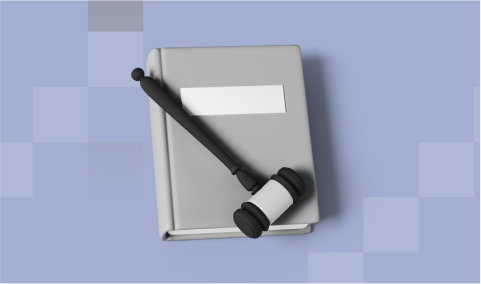
How to Create a Successful Procurement Strategy for Your Business
Here, we'll get into the critical elements that significantly enhance the effectiveness of procurement strategies. Read on for a comprehensive roadmap for developing procurement strategies to increase your business value.
What Is a Construction Procurement Strategy

A strategy can change quickly. It may need additional adjustments, information, and other design programs.
The Importance of Procurement Strategy in Construction
Construction Procurement Routes
Traditional Procurement
Profit. Established parameters for assessing value for money, suitable for well-defined projects with low risks.
Challenges. Contractors can face design costs and risk allocation.
Management Contracting
Profit. The method provides short terms of project execution.
Challenges. It is more likely that the client will bear some risks. Сontractors focus on the implementation of the project but not on cost saving.
Design and Build (D&B)
Profit. Closer collaboration, streamlined process, and risk allocation to a single entity.
Challenges. The client needs more influence on designer decisions. Also, the contractor may emphasize cost savings more than quality.
Integrated Project Delivery (IPD)
Profit. Transparency allows stakeholders to identify issues initially and minimize the risk of delays and cost overruns.
Challenges. Identifying responsibilities can be complicated. Success depends on a memorandum of understanding between involved parties.
Types of Procurement Strategies in Construction
Among the types:
Steps to Build an Effective Procurement Strategy in Construction
Analyze Current State
Create a starting point to measure your progress and evaluate market conditions and potential risks that might impact your business.
Identify the Needs
This step will also help clarify your vision of the construction project.
Analyze Supply Market
Define Your Strategy
Note Key Elements of Effective Procurement Strategy in Construction
Implement Your Procurement Strategy
For instance, when seeking bids from suppliers, you can formulate a standardized request for proposal (RFP) template. Additionally, crafting purchase order templates and contracts, fostering relationships with new suppliers, and actively working towards enhancing overall supplier performance are integral aspects of implementing your procurement strategy in construction.
Analyze, Sum Up and Improve
For example, tracking progress against set objectives allows for strategic revisions if necessary. Additionally, conducting routine supplier performance reviews is essential to promptly identify and address any issues or concerns that may arise.
Leveraging Technologies for Procurement
Utilizing digital procurement tools offers better visibility, reduces risk, and streamlines workflows. Depending on your needs, you can use several tools: E-Procurement Platforms, Building Information Modeling (BIM), Supply Chain Management Software, Data Analytics, Internet of Things (IoT), and Smart Technologies.
Procurement Strategy with FirstBit
First Bit offers EPR Software tailored specifically for you and your construction companies of all sizes. The software includes important procurement plan implementation stages, including designing, developing, training, and maintenance.
Also, First Bit ERP takes into account the specifics of construction law in the UAE and ensures an individual approach to optimizing your procurement in the construction industry. We service the software for streamlining your procurement planning and removing communication gaps between sites and offices.




However, with our adaptable and customized solution, utilizing the FirstBit ERP system is suitable for contracting. The software ensures uninterrupted business operations, allowing you to focus on your construction business transformation without disruptions.
of your processes and scale your business with FirstBit ERP now!












